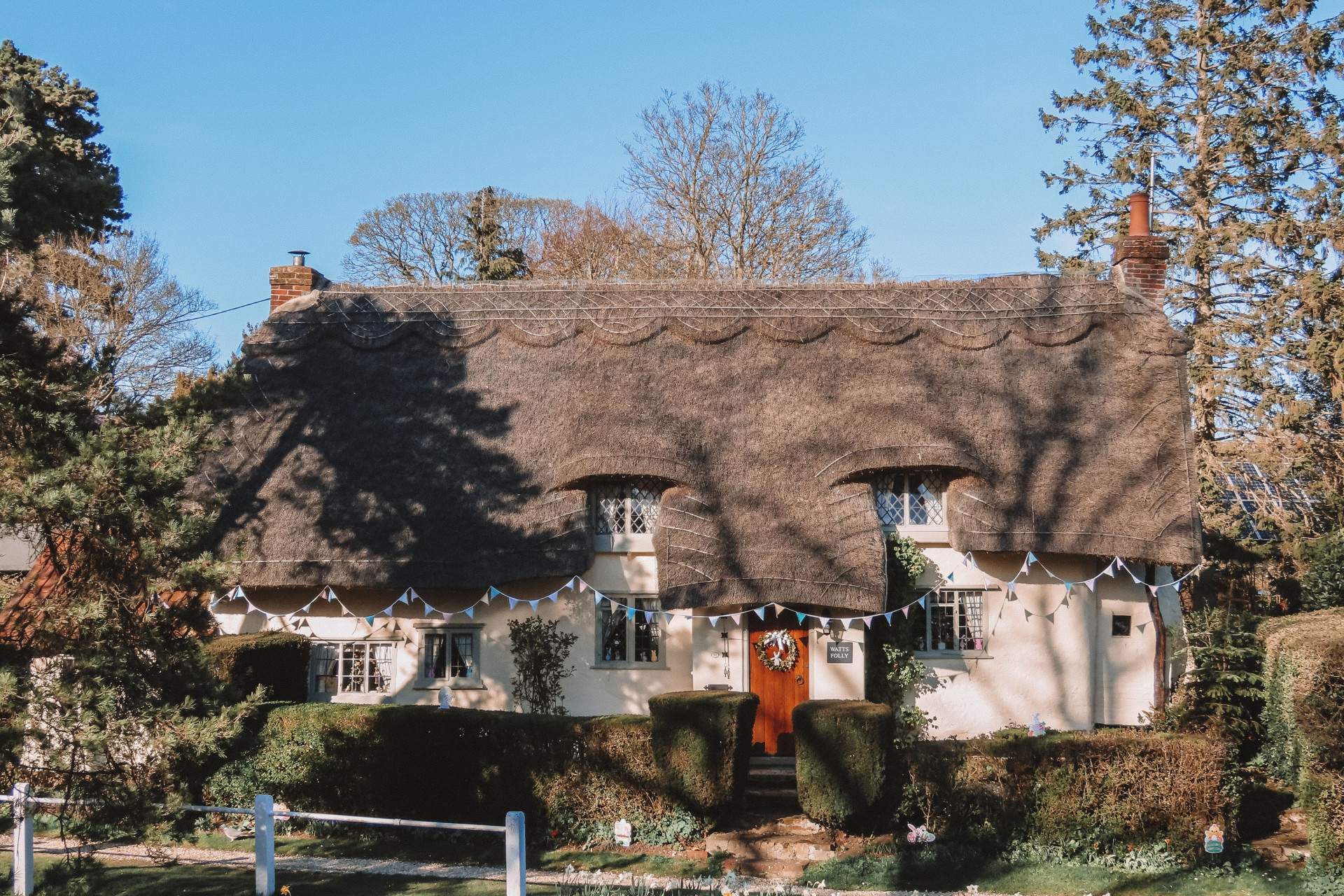Conservation Areas In England
6 minsIf you are considering buying a property within a conservation area in England, it is important to be aware of certain considerations and potential restrictions.
Make an appointment
"*" indicates required fields

If you are considering buying a property within a conservation area in England, it is important to be aware of certain considerations and potential restrictions. Conservation areas are designated by local authorities to protect and preserve the special architectural and historic interest of a particular area, the character and appearance of which it is desirable to preserve or enhance. A local authority is under a duty to designate conservation areas within its locality and to review them from time to time. As a result, new areas can be designated and boundaries of existing conservation areas extended, reduced, or cancelled.
Here are a few things to keep in mind:
Planning restrictions:
From 1 October 2018, conservation area consent is not required in England for the total or substantial demolition of an unlisted building in a conservation area. Instead, planning permission will be required under the Town and Country Planning Act 1990. Conservation areas typically have specific planning regulations to safeguard the area’s unique character. This means that any alterations or changes to the property, both internal and external, may require planning permission. It is important to check with the local planning authority to understand what modifications are permissible. The property may be subject to restrictions on their property development rights, including requiring specific planning permission from the local planning authority to: (1) carry out roof alterations to a dwelling house, and (2) install, alter or replace microwave antenna or its support apparatus.
Enforcement:
It is a criminal offence to demolish an unlisted building within a conservation area without consent. A person would be liable on conviction to an unlimited fine. The local planning authority can issue a conservation enforcement notice requiring restoration of the building to its former state.
Listed buildings:
Some properties within conservation areas may also be listed buildings, which are subject to even stricter regulations. Listed buildings are considered to be of national importance, and any alterations or repairs must be approved by the local authority or Historic England. Read our guide on Listed Buildings.
Trees and green spaces:
Conservation areas often protect trees, green spaces, and landscapes. If there are protected trees on the property, you may need permission to carry out work on or around them. It is advisable to consult with the local authority’s tree officer or conservation officer regarding any potential restrictions. A tree within a conservation area is subject to similar restrictions as a tree covered by a tree preservation order.
Community involvement:
Conservation areas can have active residents’ associations or conservation societies that work to protect and enhance the area. It can be beneficial to engage with the local community to understand their views, ongoing projects, and any future plans that may impact the area.
Financial implications:
Buying a property in a conservation area may affect the cost of maintenance and renovations. Stricter planning regulations and the need to use specialist materials or techniques for repairs can potentially increase costs. It is advisable to consider these factors when budgeting for the property.
Seeking professional advice
It is crucial to conduct thorough research and seek professional advice when considering purchasing a property in a conservation area. Consulting with a local solicitor, planning consultant, or architect who has experience with conservation areas can provide valuable guidance and ensure you make an informed decision.
Speak to the Kew Law team today
Speak to the Kew Law team today if you’re intending to purchase in a conservation area.
Book your Initial Consultation
0800 987 8156Request a Call Back
"*" indicates required fields

